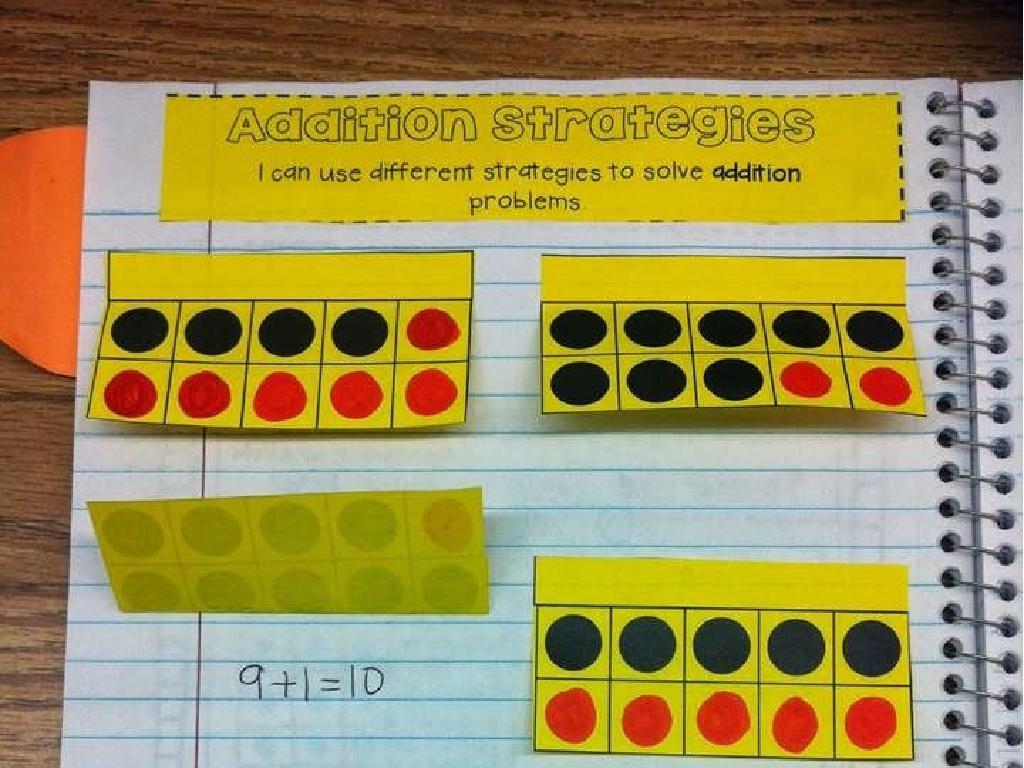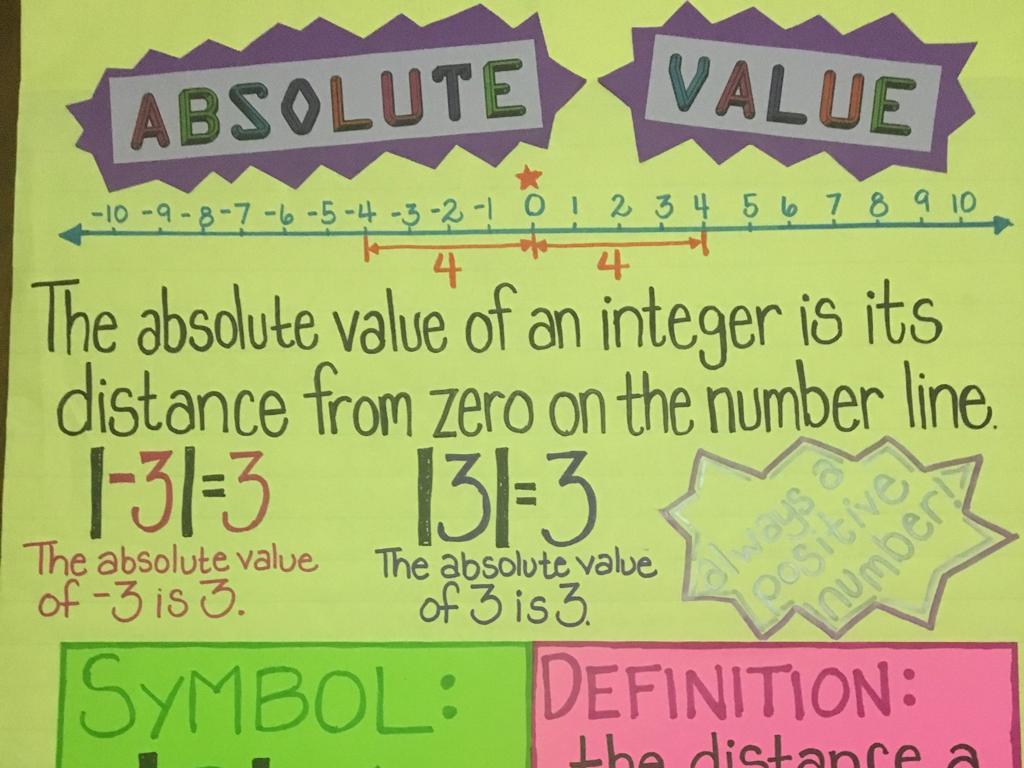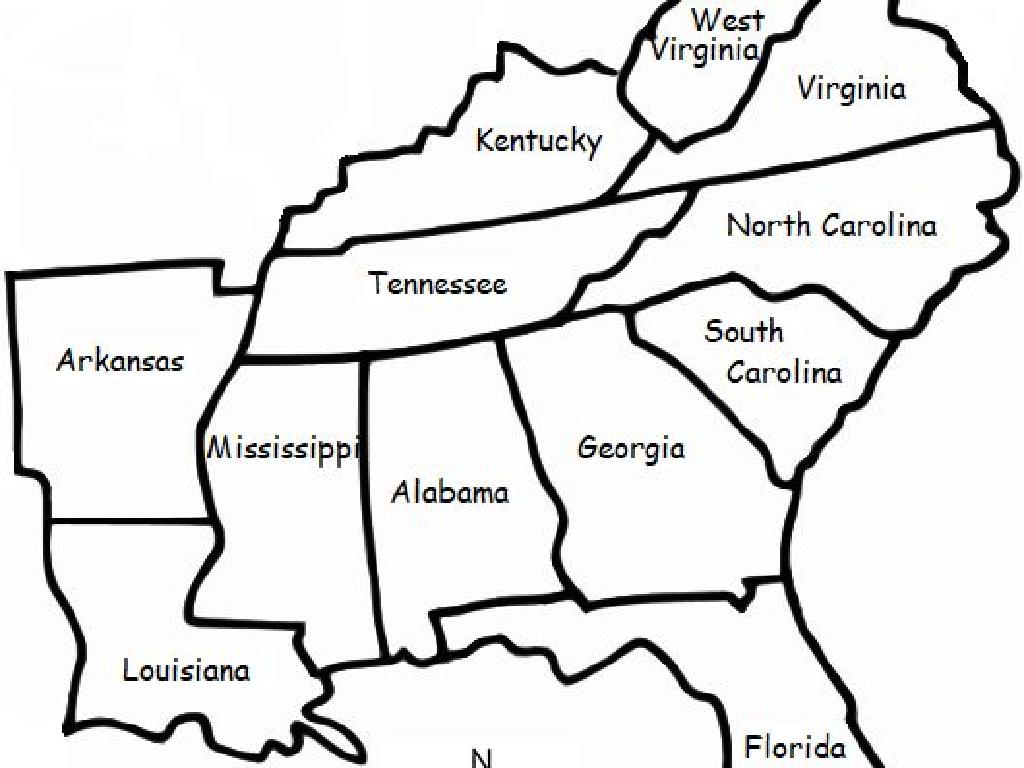Complete The Fraction Multiplication Sentence Ii
Subject: Math
Grade: Fifth grade
Topic: Multiply Fractions
Please LOG IN to download the presentation. Access is available to registered users only.
View More Content
Multiplying Fractions: Parts of a Whole
– Learn to multiply fractions
– Understand parts of a whole
– A fraction represents a part of a whole item or number.
– Multiplication in daily life
– Consider baking where half of a recipe is doubled.
– Practice with examples
– Use visual aids and real-life scenarios for practice.
|
This slide introduces the concept of multiplying fractions to fifth graders. Begin by explaining that multiplying fractions is just like multiplying whole numbers, but with an extra step of simplifying at the end. Emphasize that understanding fractions as parts of a whole is crucial. Relate the concept to everyday life, such as when a recipe needs to be doubled or halved, showing practical applications of fraction multiplication. Provide examples and visual aids to help students grasp the concept. Encourage students to think of their own examples where they might need to multiply fractions in real life. The goal is to make them comfortable with the process through practice and relatable scenarios.
Review of Fractions: Building Blocks of Multiplication
– Understanding fractions
– Fractions represent parts of a whole
– Numerator vs. Denominator
– Top number (numerator) and bottom number (denominator) roles
– Visualizing simple fractions
– Use shapes like pizza slices to show fractions
– Practice with examples
– Examples: 1/2 of a pizza, 3/4 of a watermelon
|
Begin the lesson with a brief review of fractions to ensure students recall the basics before moving on to multiplication of fractions. Explain that a fraction represents a part of a whole, with the numerator indicating how many parts we have and the denominator showing the total number of equal parts the whole is divided into. Use visual aids like pie charts or bar models to help students visualize simple fractions. Provide examples such as half of a pizza or three-quarters of a watermelon to make the concept relatable. Encourage students to draw their own examples and share with the class to reinforce their understanding. This foundation is crucial for grasping the upcoming lessons on multiplying fractions.
Multiplication as Repeated Addition
– Multiplication mirrors repeated addition
– e.g., 3 x 1/4 is like adding 1/4 three times
– Visualize with fraction bars
– Fraction bars show parts of a whole
– Multiply whole numbers by fractions
– Like 5 x 1/3: five groups of one third
– Practice with examples
|
This slide introduces the concept of multiplication as a form of repeated addition, which is a foundational understanding for multiplying fractions. Start by explaining that when we multiply, we are essentially adding the same number multiple times. Use fraction bars to visually demonstrate how fractions can be added repeatedly to reach a product. Show how this concept applies when multiplying whole numbers by fractions, using real-world examples such as dividing a pizza into slices. Encourage students to practice with examples and ensure they understand that multiplication with fractions is an extension of the multiplication they already know.
Multiplying Fractions Step-by-Step
– Steps to multiply fractions
– Multiply the numerators
– If we have 2/3 x 4/5, we multiply 2 (numerator) by 4 (numerator)
– Multiply the denominators
– Continuing, we multiply 3 (denominator) by 5 (denominator)
– Simplify the fraction if needed
– If our answer is 8/15, we check if we can make it simpler, but 8/15 is already in simplest form
|
This slide introduces the process of multiplying fractions in a step-by-step manner. Begin by explaining that to multiply fractions, students will multiply the numerators (top numbers) together and then the denominators (bottom numbers) together. Use visual aids or props if possible to demonstrate this concept. After the multiplication, guide students on how to simplify fractions to their lowest terms, explaining that a fraction is simplified when the numerator and denominator have no common factors other than 1. Provide several examples and encourage students to work through them, checking their answers for simplification. This foundational skill will help them with more complex fraction multiplication as they progress.
Completing Fraction Multiplication Sentences
– Understand multiplication sentences
– A multiplication sentence includes numbers, multiplication signs, and an equals sign.
– Multiplication to find missing numbers
– Use multiplication of known fractions to solve for the unknown.
– Visual examples of fraction multiplication
– Visual aids like pie charts can help illustrate how fractions are multiplied.
– Practice with different fractions
|
This slide introduces students to the concept of completing multiplication sentences with fractions. Begin by explaining what a multiplication sentence is, using examples with whole numbers before transitioning to fractions. Emphasize the process of finding a missing number in a multiplication sentence by using inverse operations and known fractions. Use visual aids, such as pie charts or fraction bars, to help students visualize the concept of multiplying fractions. Encourage students to practice with a variety of fractions to solidify their understanding. Provide several examples and work through them as a class, ensuring to address any misconceptions or questions students may have.
Fraction Multiplication Practice
– Solve examples as a class
– Work through practice problems
– Use visual aids like fraction bars
– Discuss problem-solving strategies
– Explore different methods like cross-cancellation
– Encourage class participation
– Ask students to explain their reasoning
|
This slide is designed to engage the class in active participation as they practice multiplying fractions together. Start with a few examples that you solve as a class, using visual aids like fraction bars to help students understand the concept visually. Work through additional problems, encouraging students to try on their own first, then discuss as a class. Introduce different strategies for solving problems, such as cross-cancellation, to make multiplication easier. Encourage students to explain their reasoning for their answers, fostering a deeper understanding and the ability to articulate their thought process. This will also help you identify any misconceptions that need to be addressed. Possible activities could include pairing students to solve problems together, using manipulatives to represent fractions, or creating word problems that involve fraction multiplication.
Real-life Fraction Multiplication
– Multiplying fractions in cooking
– Recipes often require half or quarter measurements.
– Dividing pizza with friends
– If 8 friends share 2 pizzas, how much does each get?
– Understanding portions and sharing
– Applying fractions to daily life
– Use fraction multiplication to solve real-world problems.
|
This slide aims to show students how fraction multiplication is used in everyday life, making the concept more relatable and easier to understand. When cooking, recipes may call for half a cup or a quarter teaspoon, requiring the cook to multiply fractions to adjust the recipe size. Dividing pizza among friends is a practical example of fraction multiplication; if 8 friends decide to share 2 pizzas equally, they need to multiply to find out each person’s share. Encourage students to think of other examples where they might need to use fraction multiplication in their daily lives, such as when measuring ingredients, dividing goods, or even planning time. This will help solidify their understanding of the concept by connecting it to familiar activities.
Class Activity: Fraction Multiplication Bingo
– Receive your Bingo card
– Each square has a fraction problem
– Problems like 1/2 x 1/4 or 3/5 x 2/3
– Solve problems to mark squares
– Use multiplication to find the answers
– Aim to get five in a row for Bingo!
|
This interactive game is designed to help students practice multiplying fractions in a fun and engaging way. Distribute the Bingo cards, each pre-filled with different fraction multiplication problems. Students will solve the problems and mark off the corresponding squares. The first student to get five correct solutions in a row (horizontally, vertically, or diagonally) and call out ‘Bingo!’ wins. As a teacher, be prepared to assist students who may struggle and have a few different strategies ready to explain fraction multiplication. Possible activities include pairing students to work together, using visual fraction models, or creating a class-wide competition with small rewards.
Wrapping Up: Fraction Multiplication
– Congratulations on learning fraction multiplication!
– Homework: Complete the worksheet provided
– Practice the steps we’ve learned to multiply fractions
– Focus on accuracy and understanding
– Double-check your work to ensure it’s correct
– Share your insights in our next class
– Discuss the problems you found challenging or interesting
|
This slide marks the conclusion of our lesson on multiplying fractions. The students have been introduced to the concept and practiced it during class. For homework, they are tasked with completing a worksheet that reinforces what they’ve learned. Remind them to take their time and focus on understanding the process, not just getting the right answer. Encourage them to note down any questions or insights they have while doing the homework to share in the next class. This will help them reflect on their learning and benefit from peer discussions. Provide clear instructions on how to submit their homework and offer support if they need help.






